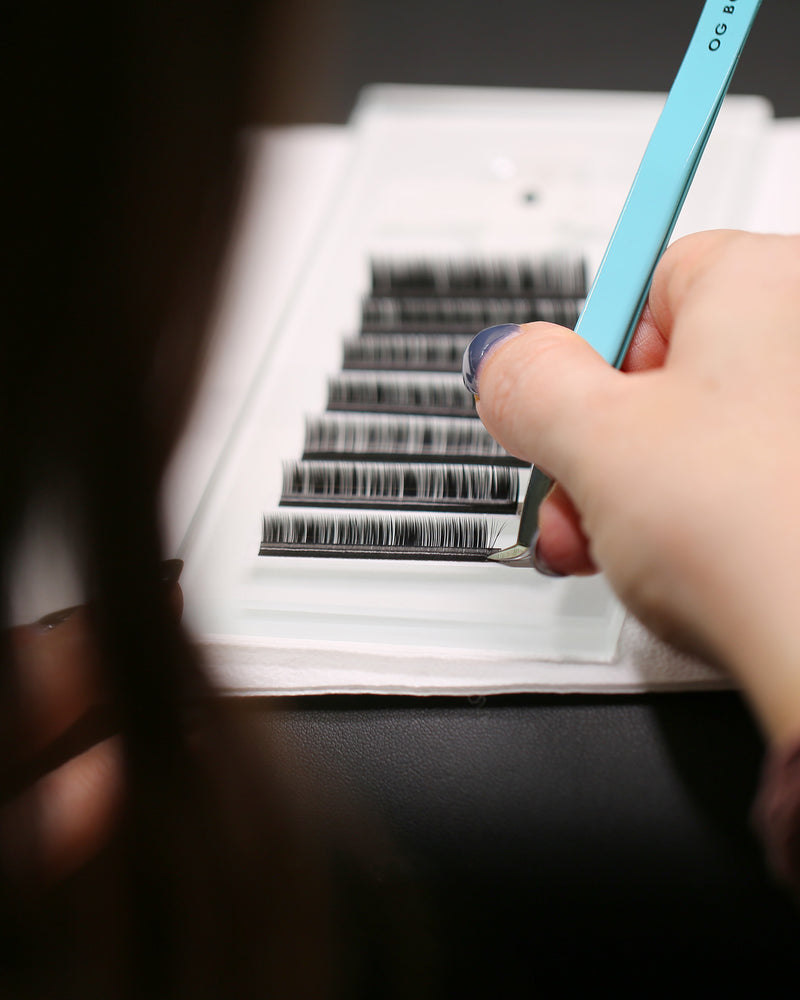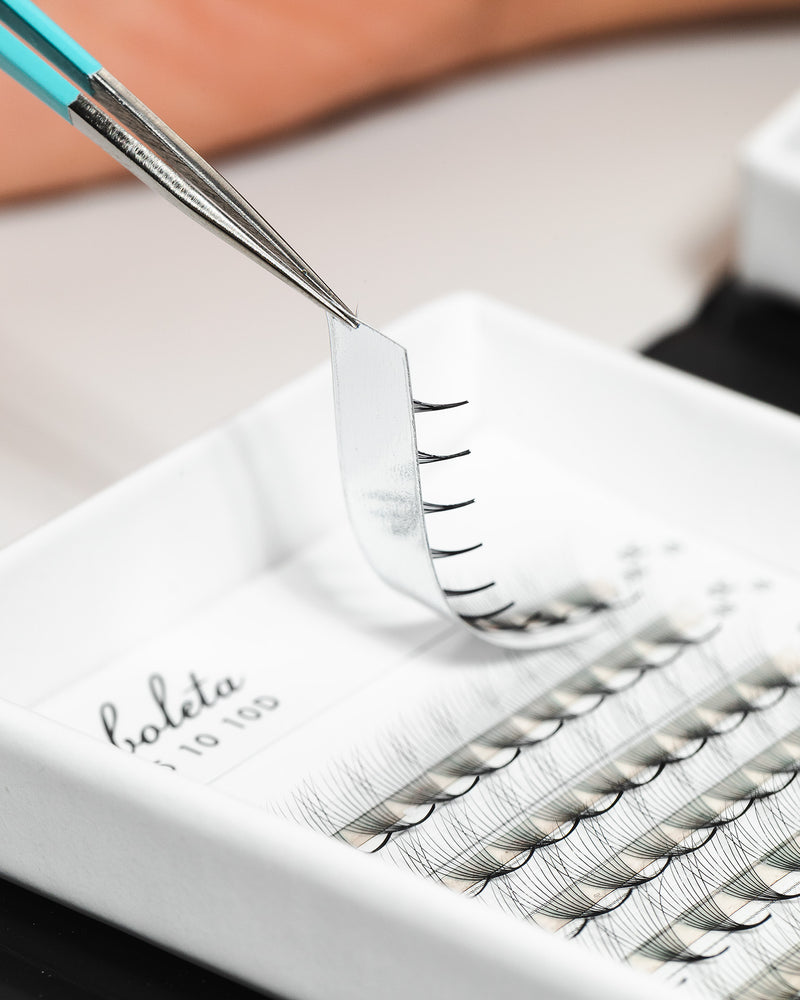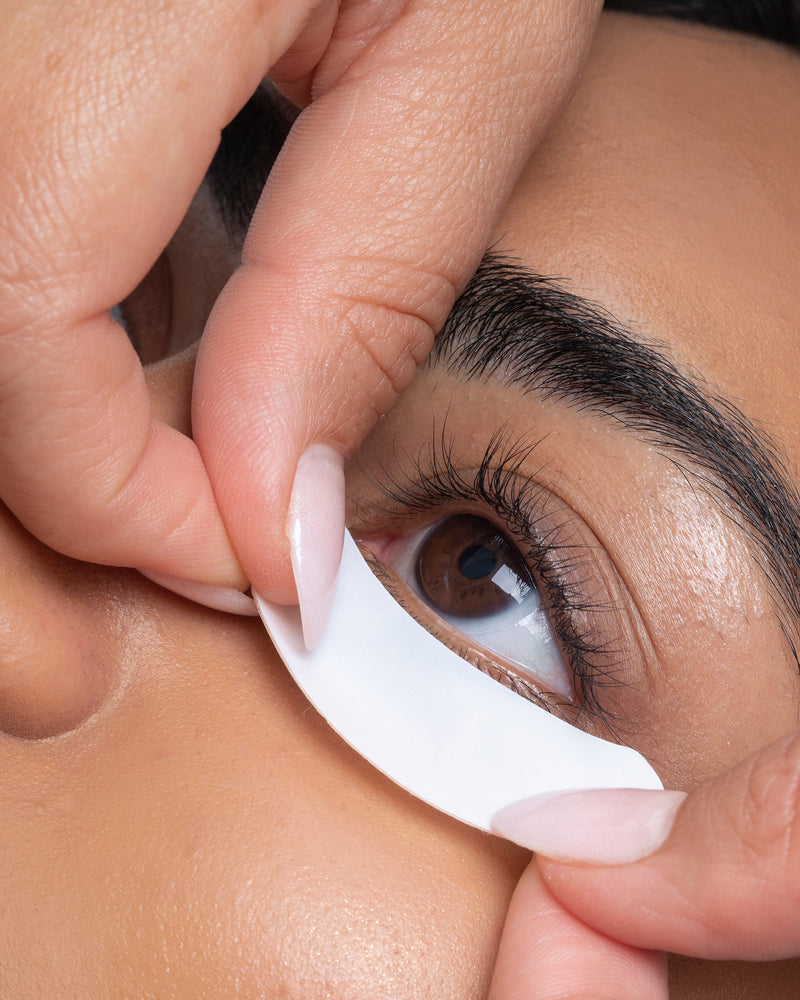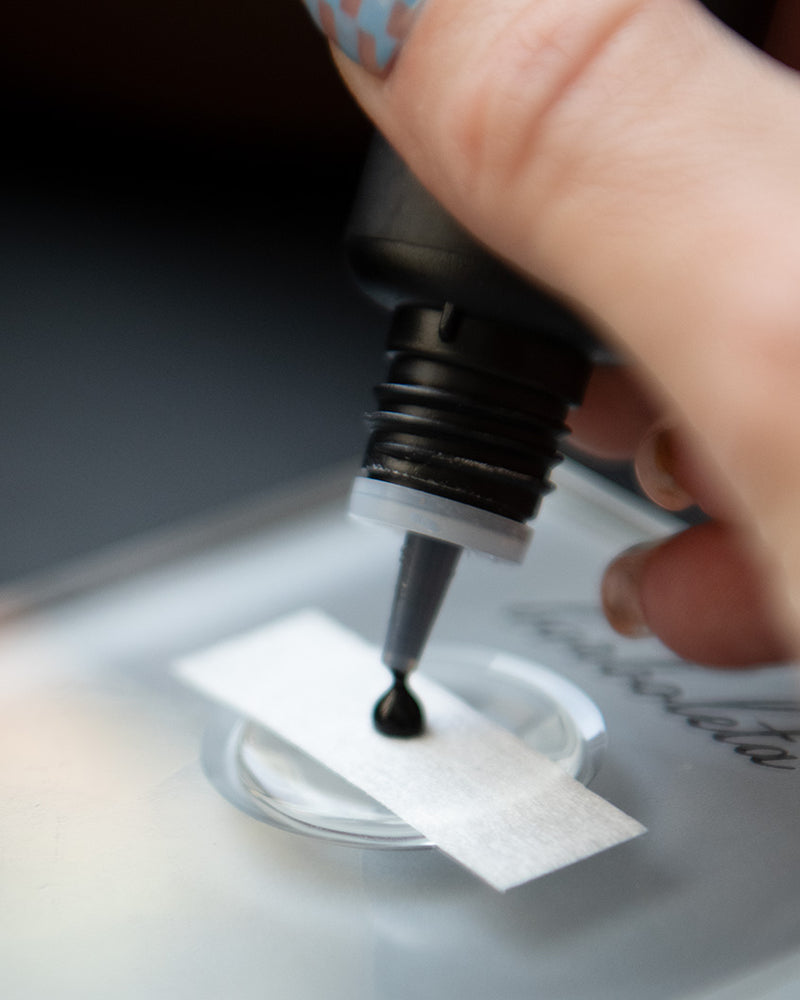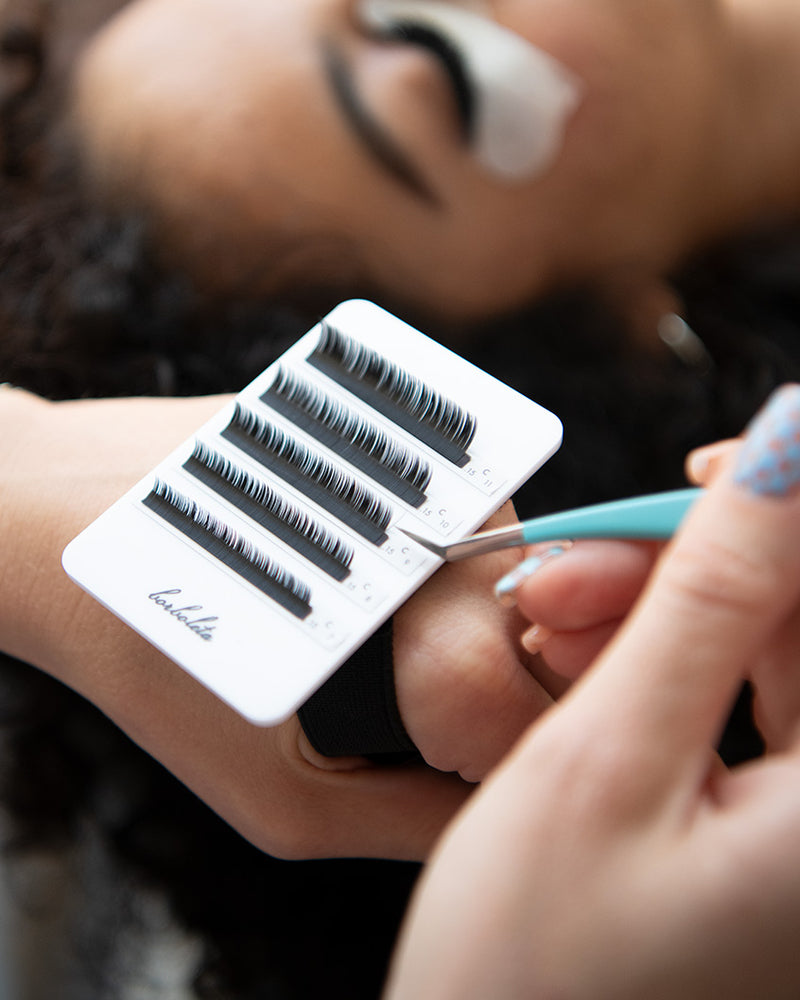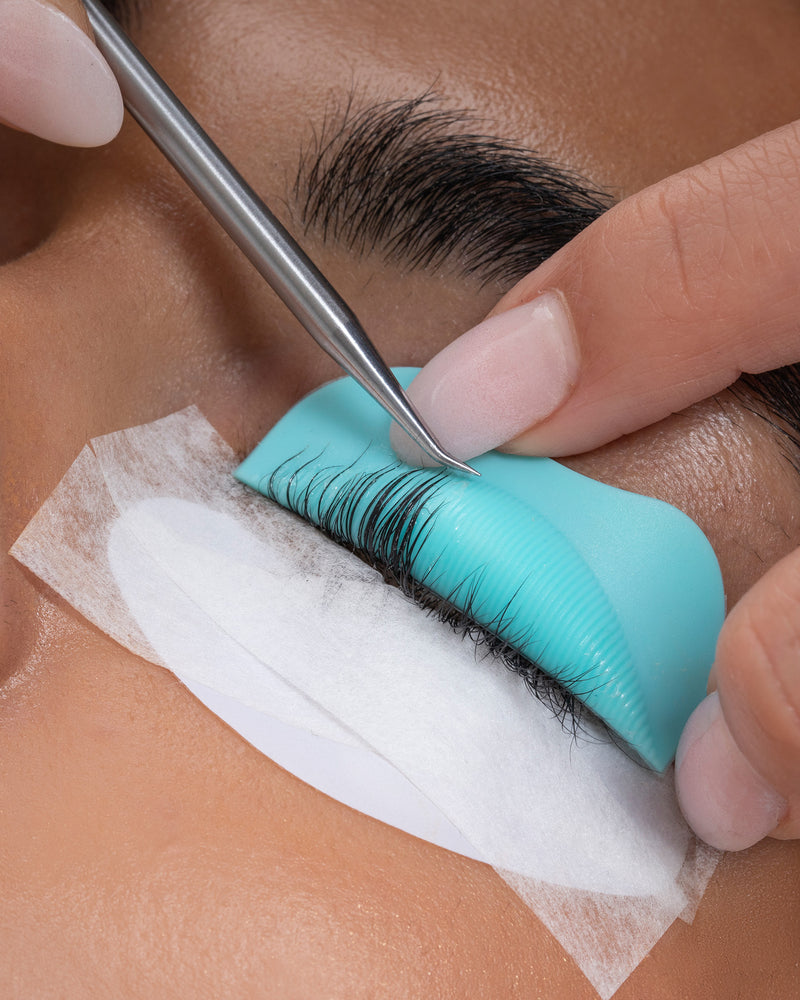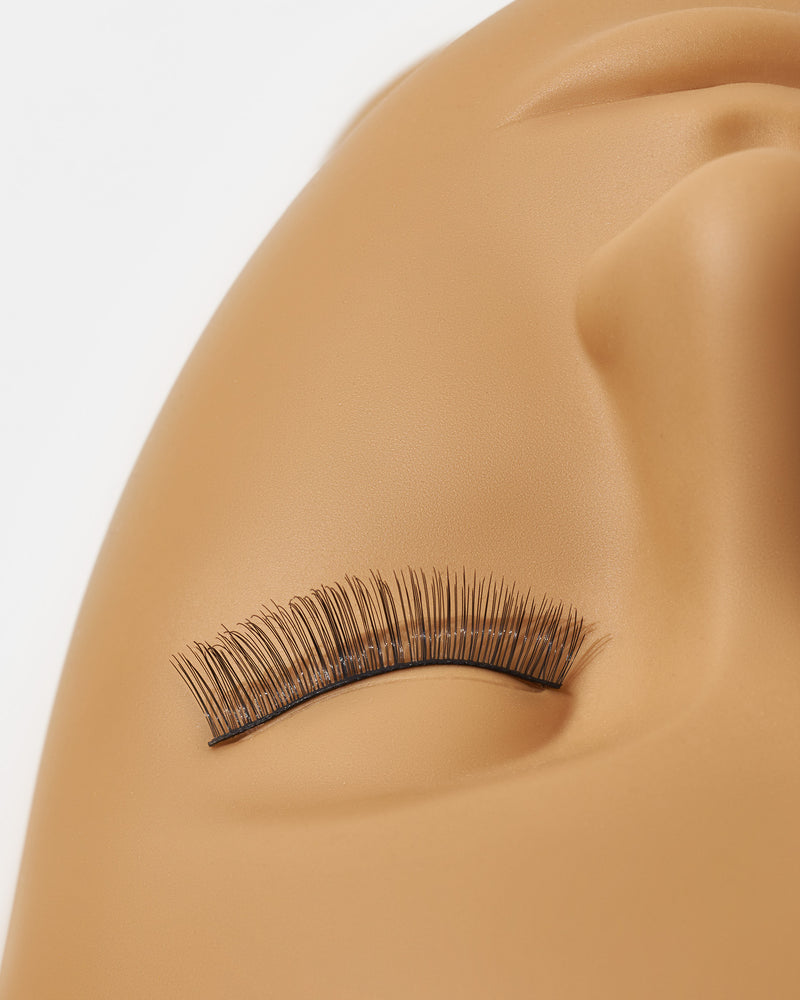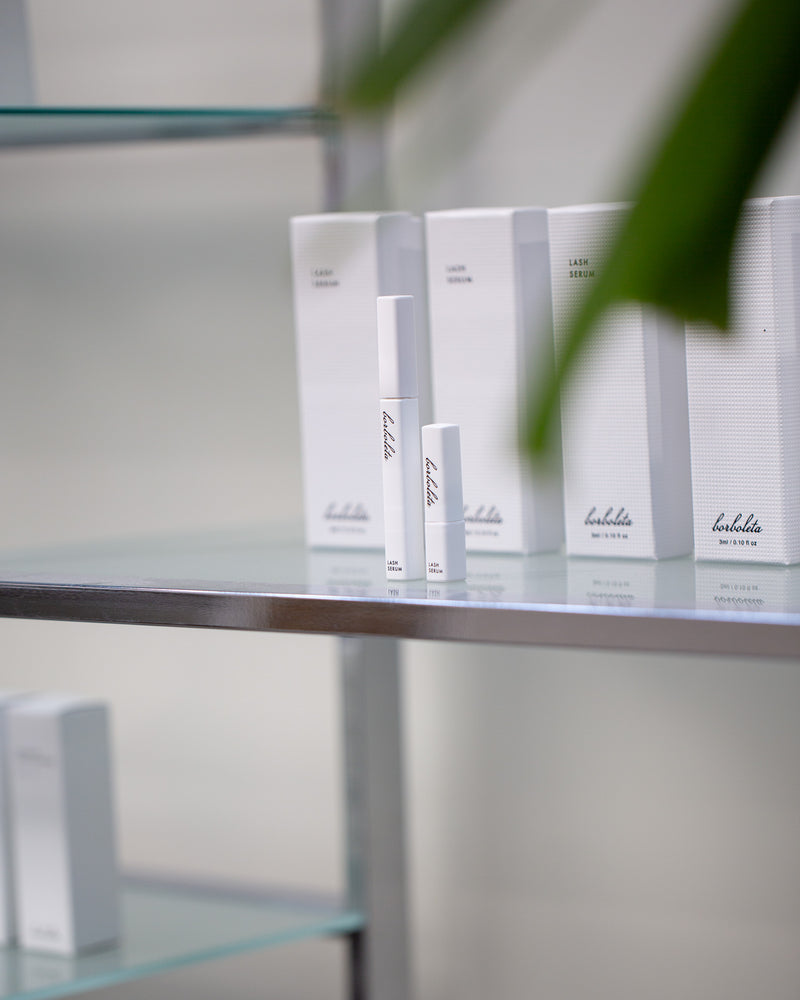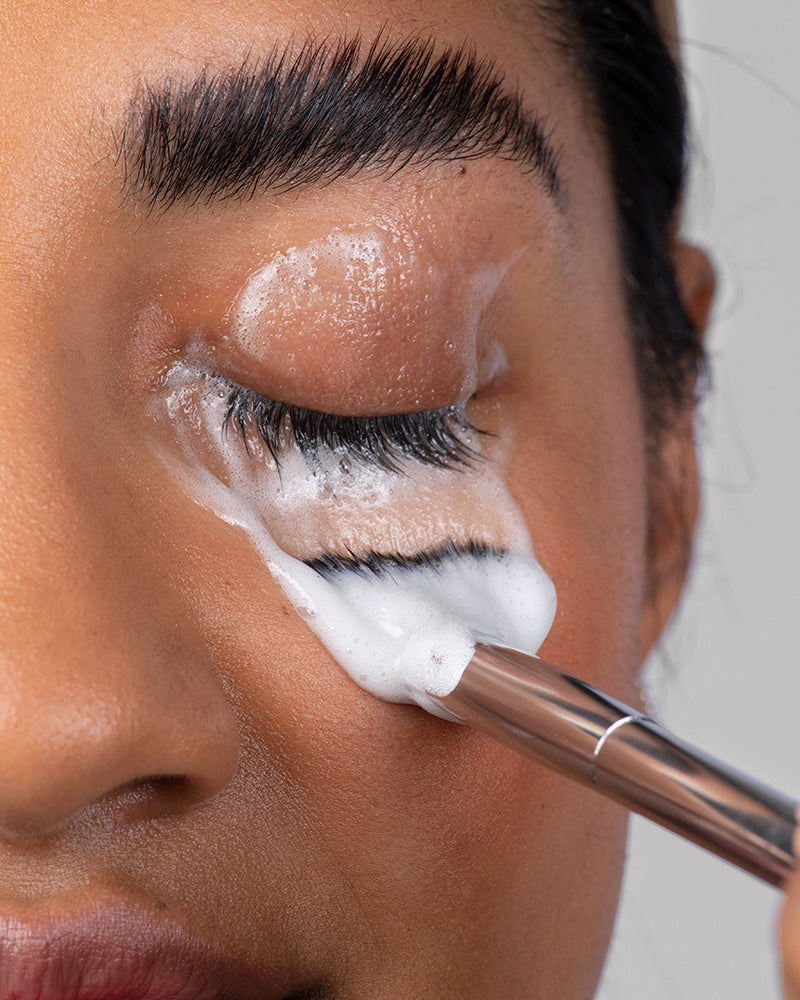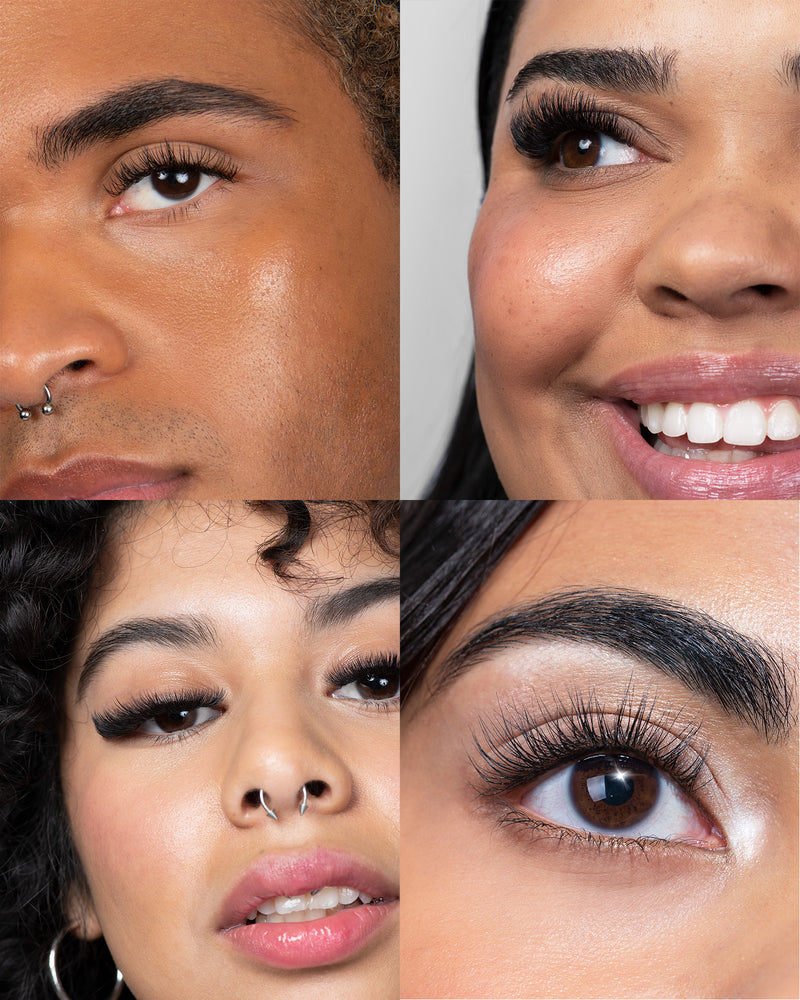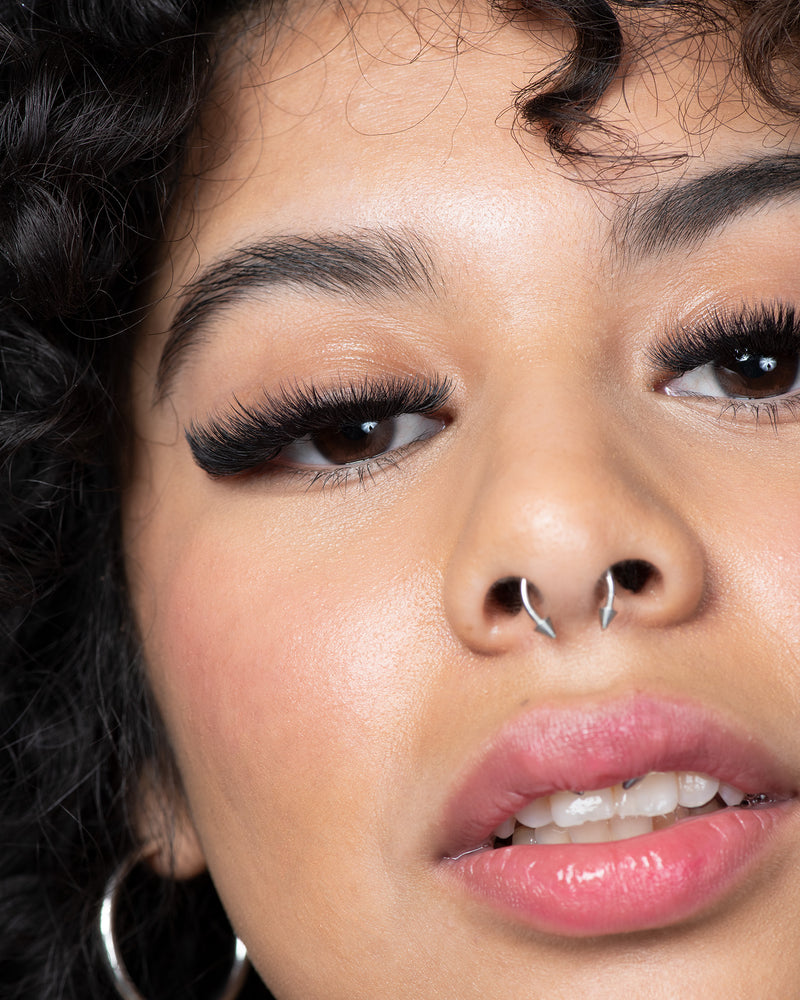- LookbookGet inspired by the latest lash looks and dive into the artistry trends that we’re obsessing over.
- TutorialsFreshen up on your fundamental classic and volume techniques with our tutorial editorial.
- Product + SafetyGet the lash lowdown on all things product and safety from our resident lash experts.
- Latest
product-safety
This or That? How to Spot the Difference Between Allergies and Irritations.
Is it an allergy or an irritation? Knowing the difference between these two is critical to keeping your clients’ lashes (and eye area) happy and healthy.

In our dream world nobody is allergic to adhesive, and everyone who wants a beautiful set of lash extensions can have just that. Irritations and allergies are, unfortunately, very much a reality. The symptoms are similar, so trying to differentiate between the two can be nerve-wracking, especially when you do not have any previous experience and don’t know what to expect. It is always best to consult a doctor when medical related issues are involved, but the following guidelines can aid you in assessing the severity of the situation, eliminating irritation, and identifying allergies.
What is an allergy?
An allergy is an immune response in which the body overreacts to an allergen (like pollen, peanuts, or in this case the cyanoacrylate in lash adhesive). Red, puffy eyes, itchiness, and swelling may be signs of an allergy to the adhesive, but symptoms vary from person to person.
In the case of allergies, symptoms will last until the adhesive is removed, and can worsen with time and exposure. Each time someone is exposed to an allergen their reaction worsens. This is because our body’s immune system is constantly adapting and building up antibodies to fight off the allergen. The more someone is exposed to an allergen, the stronger and more dramatic the reaction. In other words, it is a bad idea to apply lashes to clients who have previously experienced allergic reactions to the adhesive.

Treating an Allergic Reaction
If your client thinks they are experiencing an allergic reaction to the adhesive, and not just an irritation, they can take an antihistamine medication to help the symptoms subside. If the antihistamine works you can be confident that it was an allergic reaction. You should also remove the extensions and advise them to see an eye doctor as a prescription for a topical steroid may be needed.

What is an irritation?
Symptoms of irritation can be similar to that of an allergy, which makes it very difficult to distinguish between them. Irritations usually stem from the fumes given off as adhesive cures. Individual gas molecules of cyanoacrylate leave the adhesive and can cause red puffy eyes and make the sclera (the white part of your eye) red, stingy and itchy. Irritations usually don’t last longer than 24 hours and should get better as time passes. The exception to this is seasonal allergies. Lash extensions can contribute to the symptoms of seasonal allergies when an individual already has sensitive, irritated eyes.
Limiting Irritations
The easiest way to limit an irritation is to limit the amount of fumes your clients are exposed to. Doing so can also help you tell if their reaction is an allergy or irritation. If you can ensure that you used proper techniques and followed safety procedures, irritations should be limited and less severe.
- Use the least amount of glue possible. This will make it so you and your clients are exposed to less fumes. Plus, it will also help the base blend more seamlessly with your clients’ natural lashes for a more natural looking lash line.
- Use the Nano Mister often! The Nano Mister helps cure (set) the adhesive. The sooner you can cure the adhesive the better. This decreases the amount of fumes given off. It’s a good idea to mist during the appointment, and at the end before the client opens their eyes. Your client might find it quite soothing as well.
- Remind your client to keep their eyes closed during application. It’s important to be transparent in the lash application process. Tell your clients about how long it should take and let them know why it’s important to keep their eyes closed. If they understand, they are much more likely to follow your instructions.
- Clients who wear contacts should remove them before their appointment.
Eyes are very sensitive so it is still possible for irritations to occur even when following all of the guidelines. Take your clients’ concerns seriously, but don’t assume that it must be an allergy. In most cases it is only an eye irritation and will subside in a few hours.
Ensuring that you are confident with the distinction between these two situations will make it easier to soothe a stressed client and help you provide a clear plan of action.

